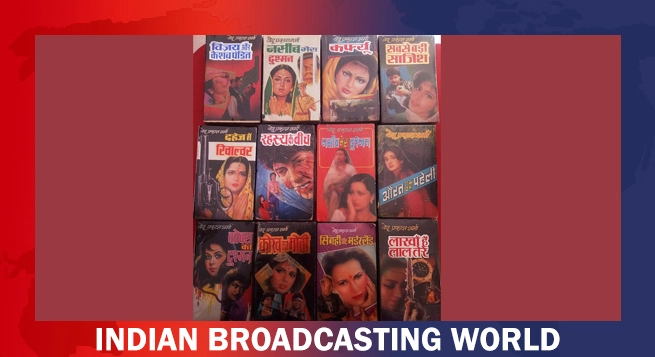Fuelled substantially by growth in India and China, the global television services market size is expected to reach $499, 800 million by 2027 at a CAGR of 5.4 per cent from 2021 to 2027, according to a new study.
Increase in display size of the TV and integration of smart features in TV sets attract customers to buy smart TV along with television services. Smart features include wide touchscreen, HD displays, internet connectivity and in-built streaming video apps, the report said.
The new analysis, published by Report Ocean, titled `Television Services Market by Delivery Platform, Revenue Model, and Broadcaster Type: Opportunity Analysis and Industry Forecast, 2021–2027’, states the internet protocol television (IPTV) segment is estimated to witness the fastest growth, registering a CAGR of 7.0% during the forecast period.
In 2019, depending on revenue model, the advertisement segment was valued at $141000 million, accounting for 42.3 per cent of the global television services market share and in 2019, the US was the most prominent market in North America.
According to the television services market analysis, the product market is segmented into delivery platform, revenue model, broadcaster type, and region. By delivery platform, it is categorized into digital terrestrial broadcast, satellite broadcast, cable television broadcasting, internet protocol television (IPTV), and over-the-top television (OTT). Depending on revenue model, it is fragmented into subscription and advertisement. On the basis of broadcaster type, it is differentiated into public and commercial.
Region wise, it is analyzed across North America (the U.S., Canada, and Mexico), Europe (Germany, the UK, France, Russia, Italy, Spain, and rest of Europe), Asia-Pacific (China, India, Japan, Australia, South Korea, and rest of Asia-Pacific), and LAMEA (Latin America, the Middle East, and Africa).
On the basis of delivery platform, the cable television broadcasting segment was valued at $111,500 million in 2019, and is projected to reach $138,500 million by 2027, registering a CAGR of 2.8 per cent from 2021 to 2027.
This is attributed to the fact that cable television broadcasting is now viewed as video service delivery that is part of a comprehensive service offering, comprising other truly integrated services, ranging from video on demand (VOD) services, internet access services, cloud storage and application services, and Internet of Things (IoT) services, such as smart metering at home. Furthermore, cable TV has been gaining considerable popularity, owing to its transformation into digital cable TV.
According to television services market trends, on the basis of revenue model, the subscription segment was valued at $191,700 million in 2019, and is expected to reach $ 276,600 million by 2027, registering a CAGR of 4.8 per cent from 2021 to 2027.
This report attributed this to the fact that subscription-based pricing attracts more customers, provides higher customer retention, eases distribution, offers large scope for marketing, maintains business consistency, and smoothens cash flow management.
“Rise in adoption of subscription based revenue model in developing countries and high populated countries, including China and India, where subscription base increases with growing number of TV households, significantly contributes toward the growth of the global market,” the report pointed out.
On the basis of broadcaster type, the public broadcasting segment is estimated to reach $159,800 million by 2027, at a CAGR of 5.1 per cent. Public broadcasting refers to broadcasting services that air content for the public welfare and non-commercial purposes. Pubcasters are funded by government, where various public-related policies such as government schemes and public awareness news are meant to be broadcasted.
For instance, the Government of India-initiated programme of TV classrooms on regional TV channels during the lockdown period with schools temporarily closed to stop the spread of coronavirus, broadcasted on public channels, including regional channels and Doordarshan, gained significant response from Indian TV households.
Region wise, Asia Pacific held highest television services market share in 2019, after North America, and is projected to maintain this trend throughout the television services market forecast period. This is majorly attributed to surge in number of TV households, increase in rate of adoption for advanced and modern technologies, and rise in viewership for Hollywood content such web series and movies.
Advancements in TV broadcasting technology such as satellite TV and IPTV are majorly attracting Asians to subscribe for television services.
Furthermore, surge in disposable income and willingness to pay for quality content and on-demand video content are majorly boosting the growth of the product market.
The report also highlights the disruptive nature of OTT media platforms that have been shaking up the whole television industry with many video and audio content makers broadcasting their content on OTT media platforms such as Amazon Prime Video and Netflix.
Increase in digital literacy rate and availability of affordable internet facilities are promoting people to buy OTT TV and IPTV services. Thus, all these factors collectively are anticipated to drive the growth of the product market.
The players operating in the television services industry have adopted product launch and business expansion as their key developmental strategies to expand their market share, increase profitability, and remain competitive in the market, the report said.
However the report also points out that rise in cyber threats, cloud unpreparedness and poor connectivity in rural areas hinder the growth of the television services market.
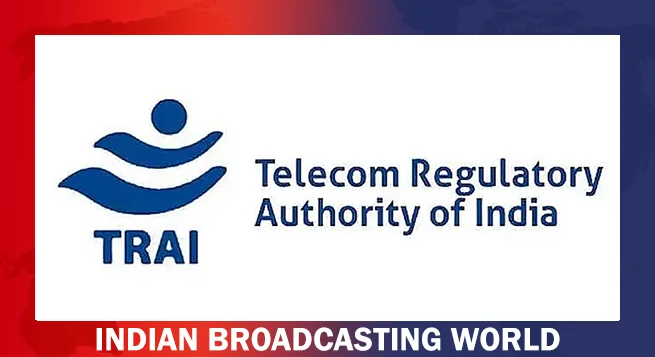 Trai suggests satcos pay 4% of revenue as spectrum charges
Trai suggests satcos pay 4% of revenue as spectrum charges  NBF issues another advisory to member TV news channels
NBF issues another advisory to member TV news channels  Govt directs OTT platforms to stop airing Pak content
Govt directs OTT platforms to stop airing Pak content 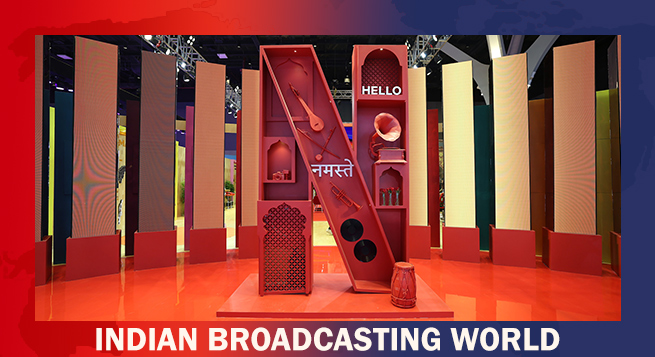 Netflix to have AI-powered iOS search in TV app revamp
Netflix to have AI-powered iOS search in TV app revamp  India sets up panel to review copyrights laws, AI disputes
India sets up panel to review copyrights laws, AI disputes 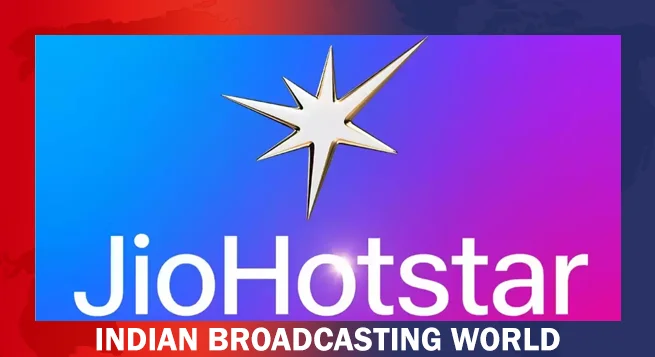 IPL suspension: JioStar says national interest top priority
IPL suspension: JioStar says national interest top priority  Kamal Haasan postpones ‘Thug Life’ audio launch
Kamal Haasan postpones ‘Thug Life’ audio launch  Pranav Mohanlal’s horror thriller titled ‘Dies Irae’
Pranav Mohanlal’s horror thriller titled ‘Dies Irae’ 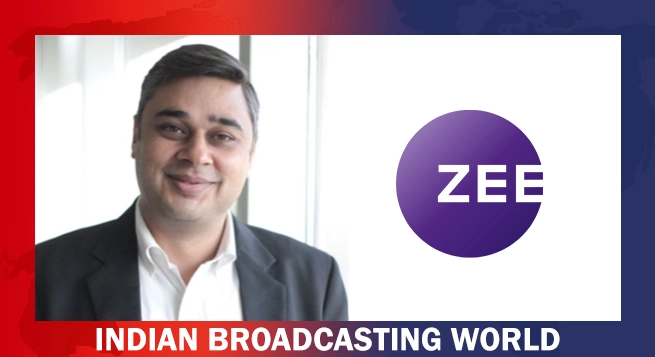 ZEEL appoints Rohit Suri as Chief Human Resource Officer
ZEEL appoints Rohit Suri as Chief Human Resource Officer 



